Navigating the pandemic during aviation’s hour of need
- Like
- Digg
- Del
- Tumblr
- VKontakte
- Buffer
- Love This
- Odnoklassniki
- Meneame
- Blogger
- Amazon
- Yahoo Mail
- Gmail
- AOL
- Newsvine
- HackerNews
- Evernote
- MySpace
- Mail.ru
- Viadeo
- Line
- Comments
- Yummly
- SMS
- Viber
- Telegram
- Subscribe
- Skype
- Facebook Messenger
- Kakao
- LiveJournal
- Yammer
- Edgar
- Fintel
- Mix
- Instapaper
- Copy Link
Posted: 10 January 2022 | Holly Miles | No comments yet
Videh Kumar Jaipuriar, CEO of Delhi International Airport Limited (DIAL), was announced as International Airport Review’s Person of the Year 2021. Editor, Holly Miles, spoke with Jaipuriar in an exclusive interview about how he navigated the pandemic at the helm of India’s busiest airport.
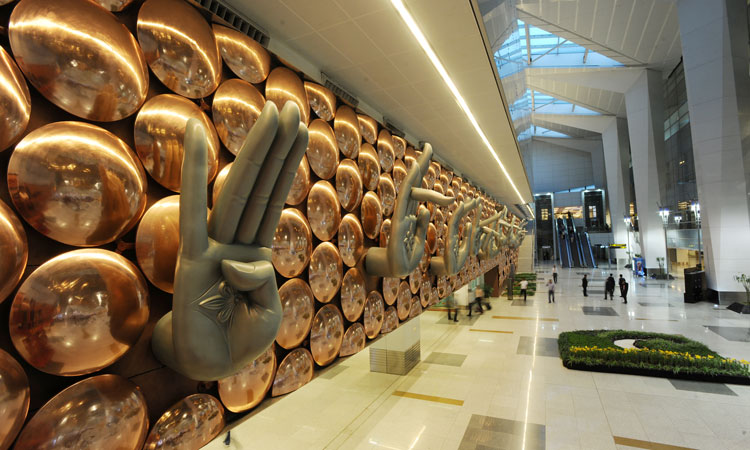



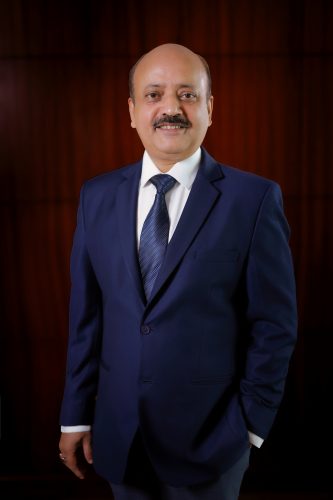

The International Airport Review Person of the Year Award 2021 aimed to recognise and reward the outstanding contribution that airport leaders have made during the pandemic. Airport managers have had to navigate an uncertain future and keep their staff motivated, whilst at the same time providing a high-quality passenger experience and keeping staff and passengers safe. We received over 70 nominations for the award and the International Airport Review editorial team deliberated over every entry before announcing the final shortlist of just 10 airport executives. During the final vote on the shortlist, over 4,000 people voted, but the clear winner, with over 50 per cent of the votes, was Videh Kumar Jaipuriar, the CEO of Delhi International Airport Limited (DIAL).
It is an honour to win this award because it was a team effort and we all worked very hard during this time, so it is an award to their effort, to their dedication”
Speaking to Jaipuriar during our exclusive interview, he said: “It is an honour to win this award because it was a team effort and we all worked very hard during this time, so it is an award to their effort, to their dedication. Even in the peak of COVID-19, we were still completely operational because we were processing medical cargo through our airport. We had evacuation flights which were running, so we still had our people on the ground making sure that everything went smoothly. This award is a recognition to their efforts, more than any individual actually being honoured.”
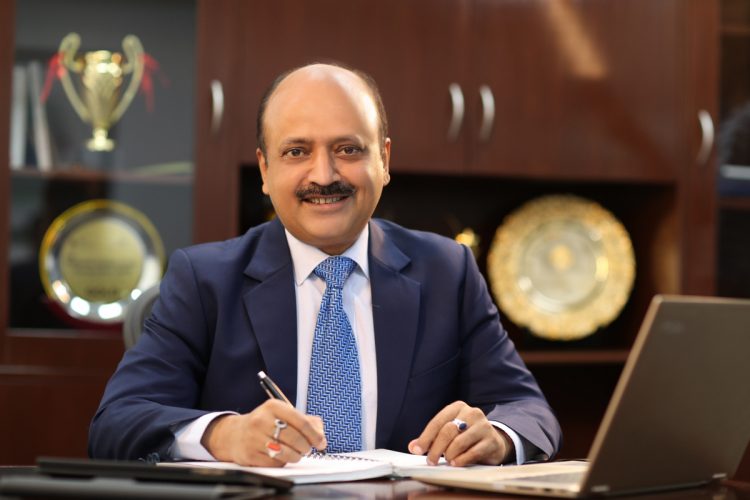

Copyright: DIAL
Leadership during a crisis
Jaipuriar is said to have shown exemplary leadership and have gone beyond the call of duty during the pandemic to navigate the crisis for a national capital airport. Speaking on how Indira Gandhi International Airport (DEL) went from being the 12th busiest airport in the world to having zero passenger traffic, Jaipuriar said it was a huge shock, but panic is contagious, and they had to remain calm and show that they were in control of the situation. Talking about his leadership strategy during this time, Jaipuriar described forming an agile task force which would take stock of the situation on a daily basis and report back. “We basically framed our COVID-19 response into five key elements – the things which are going to help us manage the COVID-19 scenario better: people, processes, place, policies, and communication.” Jaipuriar said he wanted his workforce to be healthy and able to go to their work, introducing healthy processes to ensure business continuity. The airport space itself had to be sanitised and healthy (they went from a change in air circulation once every three hours to six changes every hour). Policies were put in place for who could come into work, and they made sure they communicated all of these initiatives to their stakeholders to keep them involved.
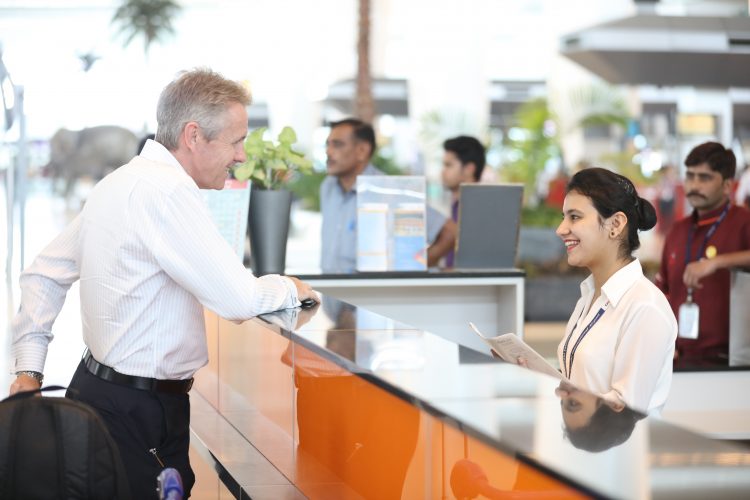

Copyright: DIAL
Employee morale and wellbeing
It is clear that Jaipuriar championed employee wellbeing and morale above anything else. DIAL provided on-site accommodation and transportation for workers that did not have their own vehicle, so they could avoid taking public transport. DIAL also set up a control centre where employees could access doctors 24/7 when the hospitals in India were full and no support was available. More recently, under his able leadership, DIAL has taken this even further, setting up a dedicated COVID-19 care hospital solely for airport employees and their families, due to the difficulty to get hospital beds for those who needed them during India’s second wave.
The path of recovery is full of ambiguities and uncertainties. However, this has helped us learn more about crisis management; resilience, human resilience, as well as organisational resilience, financial resilience, and operational resilience and agility”
Keeping Delhi Airport open and operational was imperative as the airport was of national significance due to repatriation flights taking place, as well as the transportation of medical supplies across the country – even during a country-wide lockdown. Jaipuriar recounted a story of the nine-year-old daughter of one of his employees calling the airport worrying that her father was putting himself at risk by coming to work. “The simple thing that we conveyed to that girl was, ‘your father is coming to work because he is a COVID warrior, he is the one who is helping us. We must distribute all the medical supplies for India and without that, we won’t be able to support anybody who has COVID. So, we understand that you are worried, but please understand he’s doing much larger work than actually coming to the airport.’ It was seen very positively, and that is the spirit that people worked with – that is the kind of dedicated people we work with.” For many people around the world who went from working in busy and sociable office environments to working from home, mental health became an issue. Employee wellbeing was the number one priority according to Jaipuriar, and they managed this in two ways: they involved employees in workshops finding solutions to problems and are also running online lessons on mindfulness and rest and relaxation. “In fact, some of our employees really helped us innovate and find solutions to our problems and we gave those suggestions to the government, which the government also took up.”
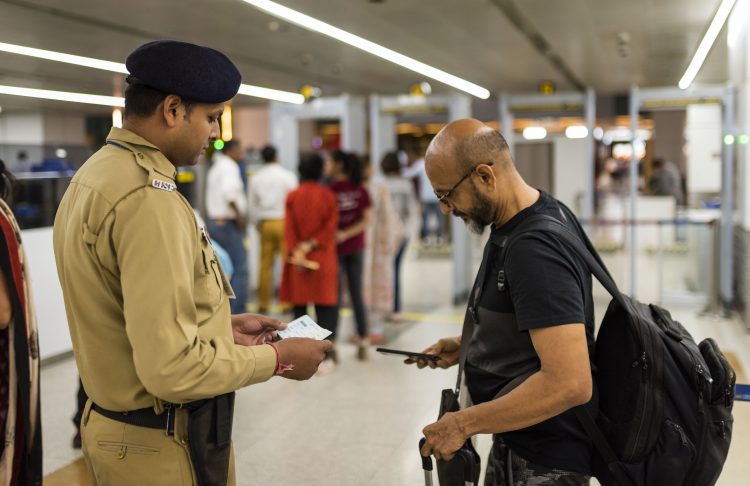

Copyright: DIAL
Working with the government
One of the many reasons that Jaipuriar was nominated, was that he proactively engaged with the government stakeholders and supported them in safeguarding aviation through strong confidence building measures for upcoming travellers. “When the pandemic broke, at that time right up until today, we have been working very closely with government. Whereas earlier we used to work with a limited number of government departments, now we work with a larger set of government departments,” said Jaipuriar. It was imperative that aviation was not seen as a super-spreader, so they worked with the government to implement health protocols which were scientifically vetted. One key milestone for Indian aviation was convincing the authorities to change from institutional quarantine to home quarantine, which did wonders for confidence in air travel. Another achievement was reducing the processing time for international arrivals. Initially it stood at six to seven hours for an arriving passenger to come out of the airport, due to all the different health certificates they had to show. The goal was to digitise this, but if the government had developed it, it would have taken a long time. Instead, Delhi Airport developed the Air Suvidha, which is now used by all passengers arriving in India, and they made it operational within only 14 days. “In fact, we reduced the waiting time to half an hour to 45 minutes. So then, the government has trust in you that you are not only talking from your point of view, but you’re also considering the overall sector’s point of view and how operations can be smoother.”
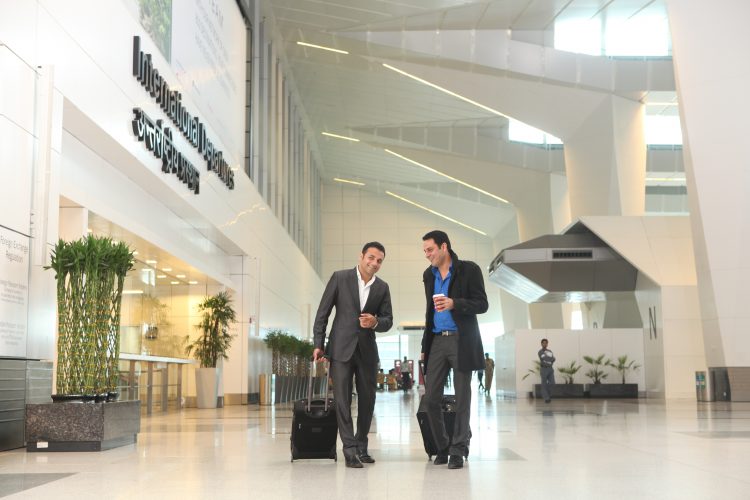

Copyright: DIAL
Passenger experience
Talking about how the passenger experience has changed during the pandemic and how it will evolve into the future, Jaipuriar mentioned that today’s traveller is more health conscious, and this will ensue for the foreseeable future. Contactless adoption will also be higher, so airports need to ensure that they keep up with this trend. Finally, communication with passengers has increased as there are so many rules and regulations that passengers need to navigate and they are asking more questions, especially via social media. To accommodate this, Delhi Airport has a 24/7 command centre for social media and they respond to every query with a first response time of only seven minutes. Another trend Jaipuriar has witnessed is that, initially, passengers were not willing to dine at a restaurant at the airport. They were slightly apprehensive about the health risks, so they would go straight to the gates. Delhi Airport started a food order and delivery service so passengers could receive food orders at the gates. This has helped them improve their non-aeronautical revenue, but most importantly, it improved the passenger experience, so it is services like this that Jaipuriar thinks will continue.
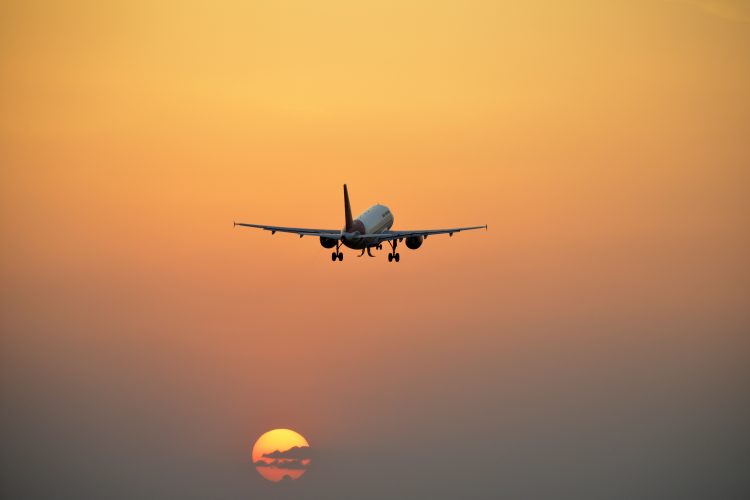

Copyright: DIAL
Challenges and opportunities
For Jaipuriar, the main challenges that he foresees are going to be on three fronts. Firstly, establishing health protocols between different countries which takes time, but the revival of international travel depends on this. The second challenge is evolving technology. Technology has changed a lot in the last one and half years, and airports will need to make a big investment into this area during a time when their revenues are impacted. Thirdly, the financial challenge, as it will be another 12 to 18 months to get back to pre-COVID-19 levels, a lot of stress is being placed on overall finances, as 80-85 per cent of airport costs are fixed. So, airports will be hampered by the financial burden for another two years or three years. When it comes to opportunities, Jaipuriar said that they have realised that no cost is fixed in nature, and due to particular circumstances or periods of time, all costs can be made variable. “What we have learned is that we need to become more financially resilient to improve overall airport profitability once the traffic comes back to normal. Because, now we know how to work with lower resources and how resources can be made flexible,” said Jaipuriar.
Lessons learned
COVID-19 is a living example of VUCA (volatility, uncertainty, complexity, and ambiguity). “The path of recovery is full of ambiguities and uncertainties. However, this has helped us learn more about crisis management; resilience, human resilience, as well as organisational resilience, financial resilience, and operational resilience and agility.” Overall agility for any organisation, whether it is airport or airlines, is a must according to Jaipuriar: “What we have learned is that we have to be very agile, we have to build more and more resilience, and we have to document all these learnings. In fact, we have documented all these learnings so that, if there were to be similar situation in the future, then we have a docket ready of dos‑and‑don’ts which we can keep on revising.”
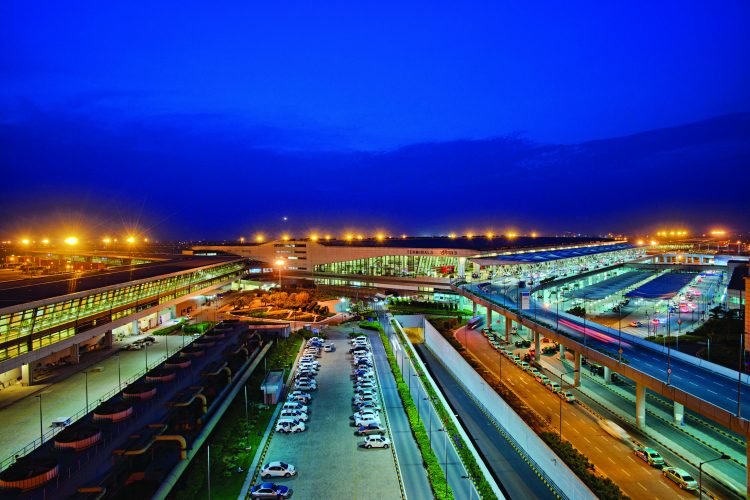

Copyright: DIAL
The future
Despite the havoc that COVID-19 has wreaked on the industry, India will be the fastest growing aviation market over the next two decades. India currently has less than five per cent of penetration of air travel in the population, but as levels of disposable income increases as this emerging economy grows, more people will be flying, and the Indian government is preparing the infrastructure for that. “Currently we have an overall terminal capacity of about 74 million. We are already in the expansion phase to take it to 100 million. Even airside, we are increasing the capacity by putting in a fourth runway to make sure that airside capacity goes to 140 million. With this being an infrastructure industry, there is a gestation period for the time taken to upgrade your facilities and we are trying to be ahead of that. We are also trying to understand the various requirements of passengers in the new normal, which we can incorporate in the design of the new terminal which is going to be ready in two years’ time.”
What we have learned is that we have to be very agile, we have to build more and more resilience, and we have to document all these learnings. In fact, we have documented all these learnings so that, if there were to be similar situation in the future, then we have a docket ready of dos-and-don’ts which we can keep on revising”
And what does the future hold for aviation in general? “The most important part that the whole aviation sector has to work towards is getting the passengers flying again. The airport and the whole aviation community must work together to make that happen. The second thing that the community must look at is overall cost reduction. Airports must keep track of the evolving consumer needs, evolving passenger needs, and make sure that the whole aviation sector is meeting up with those requirements. That is something which is going to build that additional confidence and hence the growth will come back.” There is much to be done, but Jaipuriar is positive for the future: “This is the reason why we are expanding our terminal capacity by 50 per cent and our airside capacity by 100 per cent. COVID-19 is only a short-term hiccup, and it has pushed us back by two years, but it will not be long before the growth is back, and we are back to pre-COVID-19 numbers.”
Congratulations to Videh for being International Airport Review‘s ‘Person of the Year 2021’.
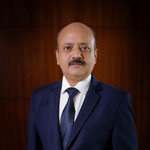

Issue
Related topics
Airport crisis management, Airport leadership, COVID-19, Passenger experience and seamless travel, Passenger volumes, Safety, Workforce


















